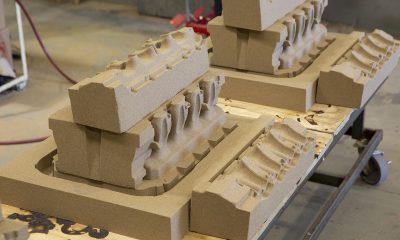Automotive
The Benefits of Upgrading Your 4WD Suspension & How to Choose Right
The suspension of a 4WD refers to the system of tyres, tyre air, shock absorbers, springs and linkage parts that connect the wheels to the vehicle and allow clearance between the vehicle and the road. As a result, the 4WD suspension allows for a smoother ride and overall a better off-road experience. But it’s also one of those parts that are most subjected to wear and tear.

While casual 4×4 drivers generally don’t need to upgrade the stock suspension on their vehicle, enthusiasts who like the challenge of tackling more demanding off-road tracks find that a suspension upgrade is a must. The stock suspension is adequate enough while sticking to the highway and carrying lighter weights, but driving off the beaten track and adding heavy loads can put a 4WD suspension under pressure. Over time, it can start deteriorating or sagging. And this can be dangerous for the driver’s safety.
However, there are many other reasons to consider getting a new 4WD suspension, as this upgrade can have several benefits for your vehicle and driving experience. For one, replacing your stock 4WD suspension with a more powerful aftermarket model allows your vehicle to carry larger weights more efficiently. And this is especially useful considering how off-roaders like to stock their vehicle full with extra fuel, water, tools and camping gear. Carrying all that weight with a standard suspension kit can result in wear and tear and the suspension sagging under the weight, which makes the vehicle more prone to hitting road obstacles.
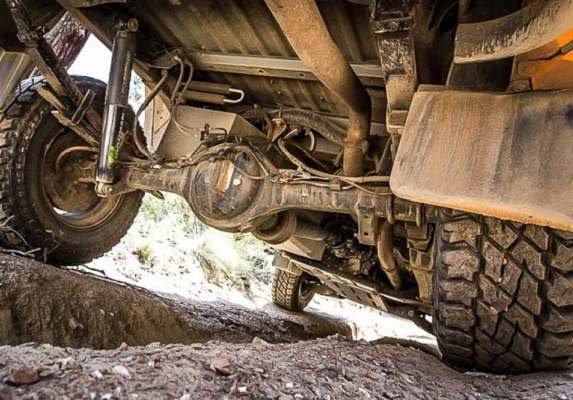
Besides reducing the risk of hitting obstacles, installing a 4WD suspension kit can also improve the vehicle’s overall off-road performance by optimising departure, approach and break-over angles. In addition, the increased wheel travel results in better articulation (the vehicle’s ability to keep all wheels in contact with the ground) which keeps the 4WD more stable. As a result, drivers have more control over the vehicle and experience increased comfort.
And finally, a suspension kit allows you to increase the tyre’s size. And an increased tyre size can mean several things: better traction and ground clearance, and improved driving visibility due to your vehicle sitting higher on the road. Oh, and your vehicle will look newer and more powerful as well.
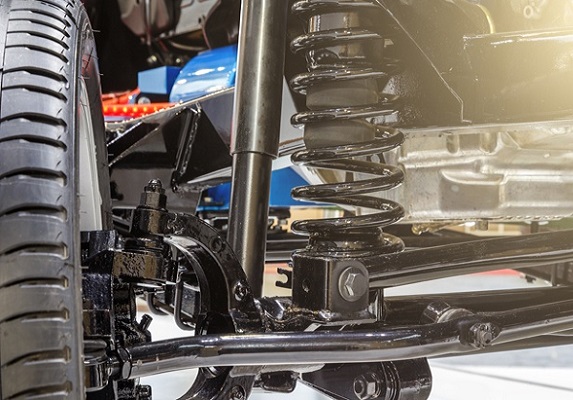
When to Replace?
Manufacturers themselves recommend getting your suspension components replaced after 4-5 years or after 70 000 – 80 000 km of driving. However, with these varying figures, it’s hard to determine when exactly your suspension kit needs replacing. With that being said, it’s important to know how to recognize the signs of wear and tear on your suspension. First, check your shock absorbers for any damage, this includes dents, leaks or rusty and pitted shafts. Next, measure how much your vehicle has decreased in height. If there’s a decrease, it means that the suspension has sagged and won’t hold up much longer.
In addition, also compare the change in the length between the rim and the wheel arches, as this will give you an idea of how much the springs have deteriorated during uphill travel. Try checking your vehicle’s manual or look for this information on the manufacturer’s website. Another sign that your suspension probably needs updating is if the tyres are badly cupped or they shake after hitting a bump. Any bouncy riding feeling or clunking and rattling when driving in reverse also signals it’s time for a new suspension.
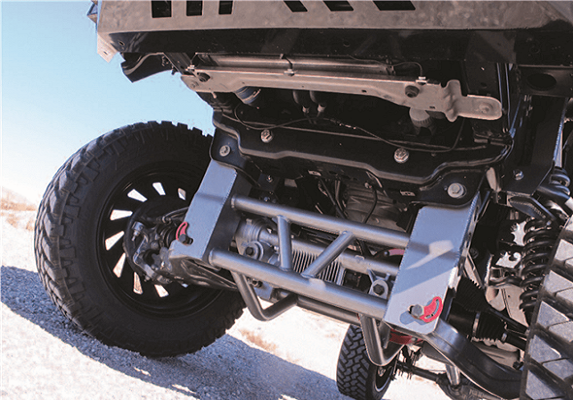
How to Choose?
Generally speaking, the biggest difference between most suspension kits is their size. Small suspensions can add around 3.8cm in height. They are also more affordable and easier to install since only minimal modifications need to be performed. On the other hand, medium suspension kits can add 5cm of height to the vehicle. These suspensions require making some modifications to the vehicle, but they are overall better in improving its performance. Large suspension kits can significantly modify both the 4WD’s function and appearance. They add a 10cm increase in height which results in optimal road clearance.
In addition, it’s also essential to purchase a 4WD with a constant load that suits your needs. Constant load refers to the weight that the suspension can carry. Suspension springs vary in the amount of the constant load they can carry, and are usually available in the following weight ranges:
0 – 300 kg
300 – 600 kg
600+ kg
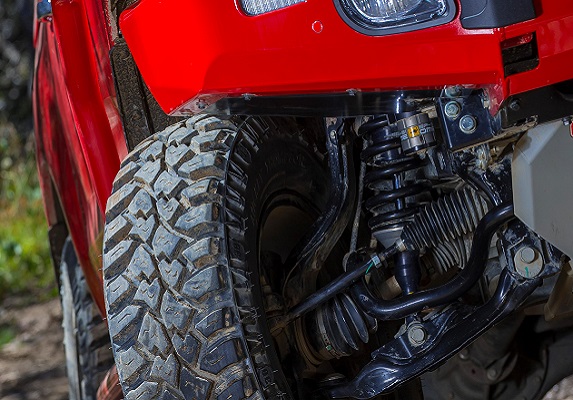
For instance, a suspension with a constant load of 500 kg can keep the vehicle at its standard height while loaded up with 500 kg of weight. A suspension with 300 kg constant load will sag, as it isn’t designed to handle that kind of weight. Eventually, something is going to give up. And when that happens, the last place to be is in the Outback, away from any mechanic.
While upgrading the suspension is one of the best ways to improve your 4WD, it still can have it’s downsides as it often means extra maintenance tasks. It’s important to mention that when fitting a new aftermarket suspension on your 4WD, there can be some additional points that need greasing, such as rear leaf spring hangers, so make sure to check with your supplier.
As a proud Pisces known for the selflessness, Olivia joined up the blog fascinated by the idea she can help readers with info on topics and their related benefits like health and beauty, travel, food and drinks. When not writing, she likes to call it a day reading comic books in the company of her Tonkinese cat Chatty or binge-watching The Big Bang Theory with her SO like the nerd she is.

